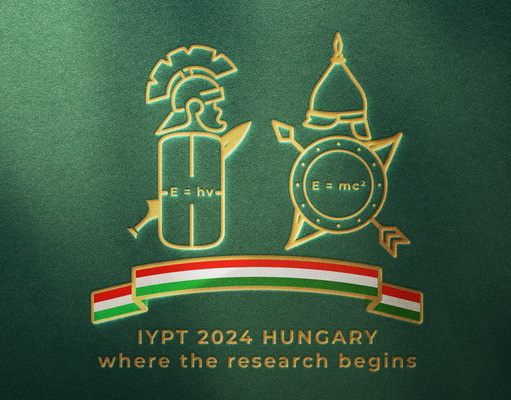Systemantics, Bangalore
Objective - To bridge the gap between theoretical physics and practical engineering, enhancing the understanding of how fundamental physics principles apply to real-world challenges in automation and robotics.
Duration - 2 Weeks
Bridging Theory and Practice - My experience at Systemantics was a unique opportunity to bridge the gap between theoretical physics and practical engineering, which significantly enhanced my understanding of how fundamental physics principles can be applied to real-world challenges in automation and robotics.
Application of Newton’s Laws - One of the primary ways I linked physics to my work was through the application of Newton’s laws of motion. These laws, which form the cornerstone of classical mechanics, were instrumental in understanding how forces act on mechanical systems within robots. For instance, Newton's second law (F = ma) provided the basis for analysing how robotic components, such as electric motors, generated the required torque to control motion. By examining the interplay between force, acceleration, and mass, I was able to calculate the behaviour of these motors under different load conditions. I was also able to predict the behaviour of voltage in an LCR circuit by taking the mechanical analogues of each component and finding the displacement as a function of time, which I then transformed back to the electrical terms, before verifying my answers using simulation tools.
Energy Conservation and Electrical Systems - I explored the conservation of energy and its transformation between different states, applying these concepts to understand how energy is stored and utilised in systems like capacitors, inductors, and motors. For example, the analysis of energy storage in RC circuits tied directly into the physics of electric fields and potential differences. The charging and discharging cycles of capacitors demonstrated principles of exponential decay, which directly correlate to the physics of electrical energy storage and dissipation. The RC circuit experiments also helped me apply Kirchhoff’s laws to analyse the distribution of voltage and current, linking basic electromagnetism to practical circuit design.
Understanding Electromagnetism - In addition, I worked with components like capacitors and inductors to explore energy storage mechanisms, understanding how potential energy in a capacitor and the magnetic energy in an inductor were critical in regulating the performance of electrical circuits. This experience deepened my understanding of electromagnetism, particularly how induced electromotive force (emf) from motors and the back emf they generate can influence their efficiency and performance. Concepts such as electromagnetic induction, which I had studied theoretically, became more tangible as I observed them in action.
Mechanical Systems and Rotational Dynamics - Moreover, the work with mechanical systems—where I examined torque, friction, and angular velocity - was grounded in the principles of rotational dynamics. This helped me better appreciate how theoretical physics, like rotational kinematics and dynamics, is critical when designing robotic components that involve moving parts.
Overall - Systemantics gave me the opportunity to witness physics in action. Whether it was mechanics, electromagnetism, or energy conservation, my work directly applied the principles I had learned in the classroom, reinforcing my ability to transition from theoretical analysis to practical implementation. This experience solidified my passion for combining physics with technology to drive innovations in automation and robotics.




